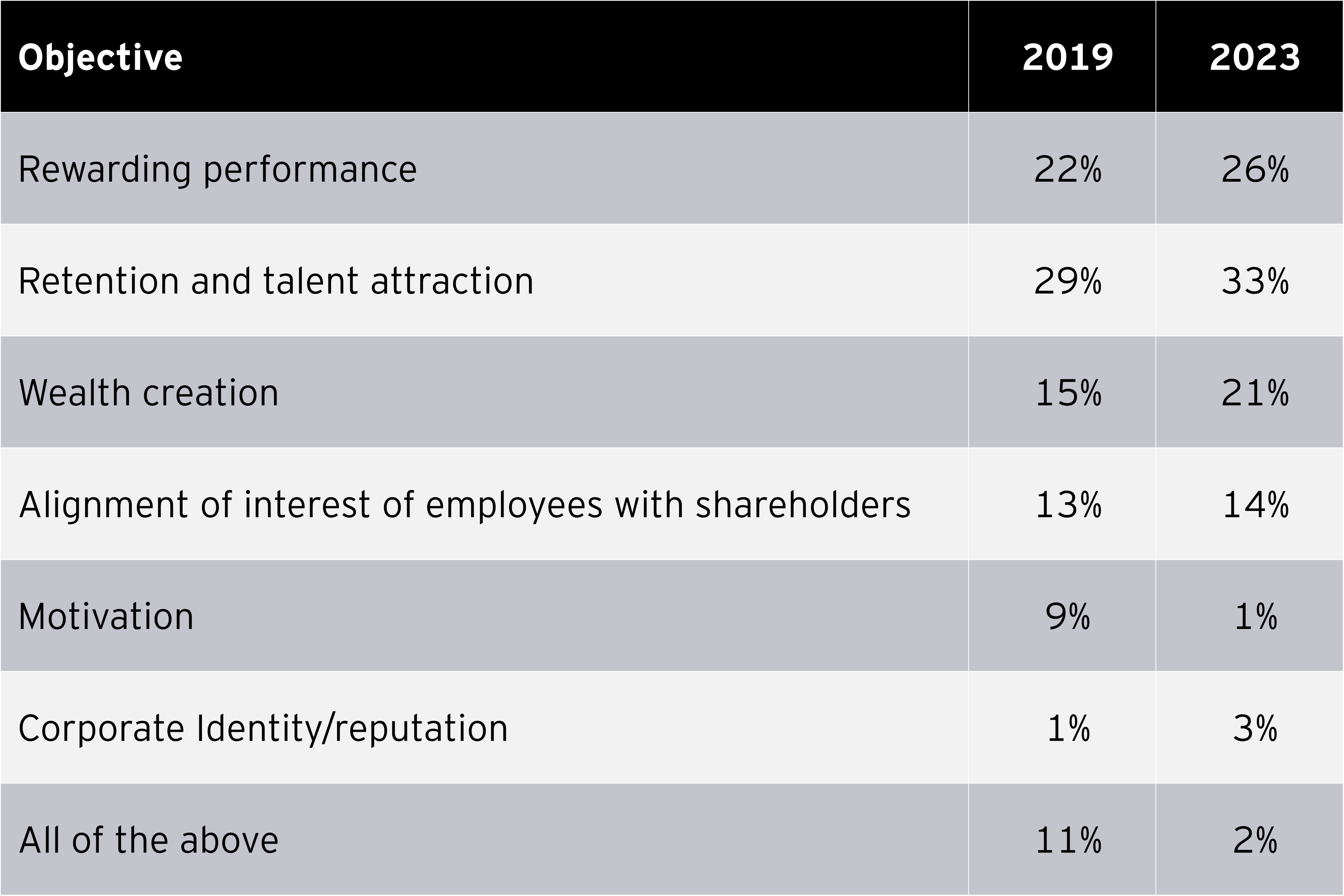The EY LTIP report, based on a comprehensive survey conducted during FY22-23, sheds light on the evolving landscape of LTIPs, presenting critical insights that echo across diverse sectors.
Traditionally reserved for senior management, LTIPs are now reaching a broader base of employees, especially in the realm of equity-based plans. Organizations, in their pursuit of attracting top-tier talent, are extending LTIPs beyond executive roles. This strategic shift marks an industry-wide recognition of LTIPs not just as performance rewards but also as instruments to create lasting wealth.
One of the report's standout findings is the transformative role played by new-age digital enterprises and start-ups. These innovators are reshaping the LTIP landscape by expanding the frequency, incentivization, and coverage of plans. In a world where adaptability is key, LTIPs are being increasingly utilized to compensate for cash allowances and benefits, particularly in response to market shifts catalyzed by the COVID-19 pandemic.
Furthermore, as industries evolve, so do the LTIPs. Sectors like electric mobility, logistics automation, fintech, and Generative AI are propelling economic growth and influencing LTIP strategies. Companies operating in these domains are leveraging LTIPs not only to reward high-performing individuals but also to foster company-wide and individual achievements.
The EY LTIP report delves into the pivotal role of emerging technologies, demanding specialized skill sets. These technologies are compelling organizations to extend LTIPs to a broader employee base, challenging the conventional notion that LTIPs are exclusively for key individuals. In essence, the report underlines that LTIPs, when intelligently designed, are powerful tools for retaining both high-performing executives and employees across various levels.



